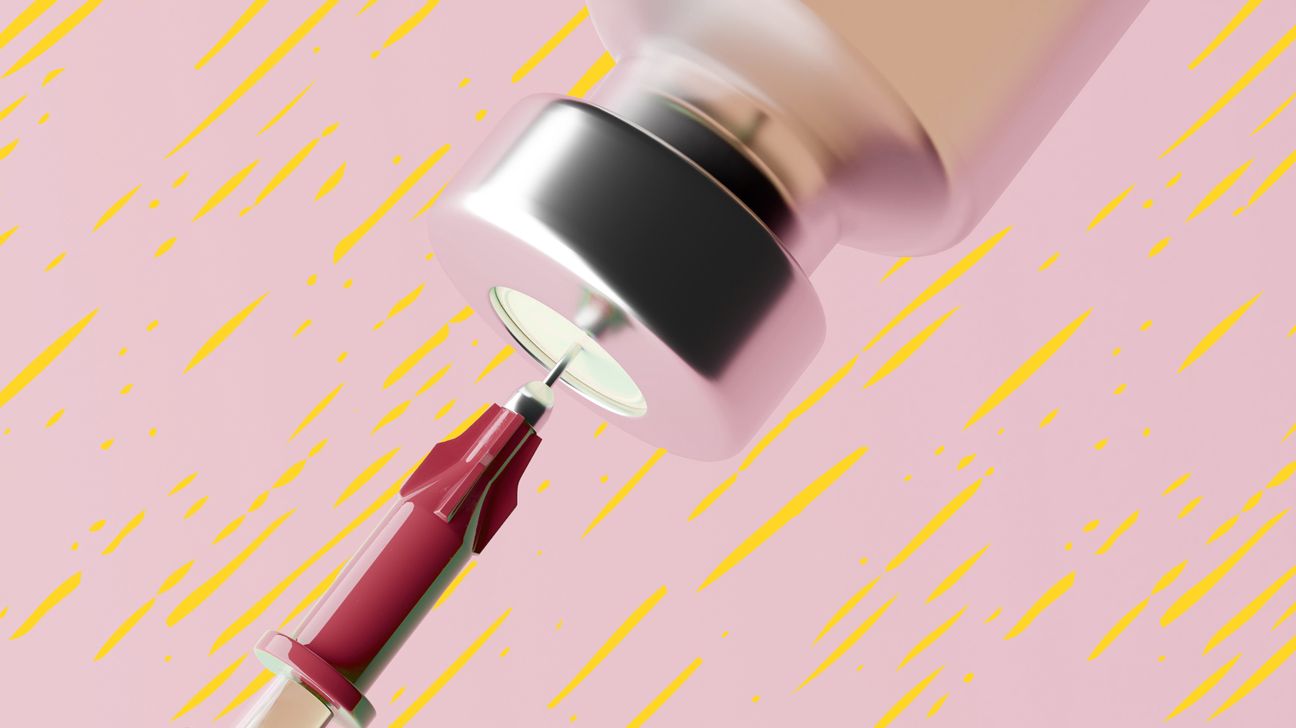You’re perusing Facebook, when an official-looking story catches your eye. “Eat this every day to detox!” The lure of the clickbait draws you in, and before you know it, you’re contemplating subsisting on nothing but beet juice for the next week to cleanse your system.
Health misinformation runs rampant on social media. And if you don’t have an MD after your last name, it can be hard to know which claims have actual evidence to back them up. While some of the wonky recommendations are probably harmless, others could do serious damage to your health.
To save you the time of poring through medical journals (yawn!), we’ve compiled a list of 8 popular health rumors. Then we debunked them. You’re welcome.

Your body is filled with all kinds of toxins. You must rid yourself of them to stay healthy! At least, that’s what the makers of detox diets and pills want you to believe. Cha-ching.
The truth is, your body has its own, built-in self-cleaning system. It’s called your liver. Every day, it rids your system of chemicals, pollutants, and (ick!) feces.
Forget the expensive detox products. The real way to keep your liver working optimally is by eating a well-balanced diet. That means lots of fruits and veggies, and moderate fat, sugar, and alcohol.
At some point, someone decided we needed to take 10,000 steps a day — a distance of about 5 miles. Considering that the average American currently walks about 4,700 steps daily, doubling it sounds like a pretty lofty goal.
The best exercise is the kind you’ll actually do. As long as you’re staying active, there’s no need to meet arbitrary fitness guidelines like walking 10,000 steps a day. A more doable goal is the government’s recommendation to get 150 minutes of any aerobic activity per week (just 30 minutes a day).
If you’re not the type who can make it to the gym daily, try waking up 30 minutes early and hitting the floor for a circuit of push-ups, sit-ups, and squats before you shower. And squeeze in cardio wherever you can, like walking in place while you watch TV.
You might feel a little achy, tired, and feverish after a flu shot. But trust us (better yet, trust the CDC), it’s not the flu.
The virus in the flu shot is inactivated (aka, dead). FluMist, the nasal spray version of the vaccine, does contain a live virus that’s been weakened. But thanks to the wonders of science, it’s designed to only multiply in the colder temps of your nose, not in the warmer air of your lungs where it could make you sick.
Even if you do have a few side effects from the flu shot, it’s much better than getting the real thing.
Every kid has probably heard the old rule. Food dropped on the floor is A-OK to eat, as long as it doesn’t sit there for more than 5 seconds.
Not quite. Researchers tested out the old rule by dropping foods like watermelon, bread and butter, and gummy candy on the floor. And while more bacteria did collect the longer food sat, some speedy bugs hopped on in under a second.
How long food sits on the floor may matter less than the type of food that falls. The study found that watermelon (which has a high water content) really sucks up germs, while gummy candy stays pretty pristine.
This is another diet-based rumor that’s been circulating for years. We’ve been told that we need to guzzle down 64 ounces of liquid daily to stay healthy. Many of us who do achieve that goal spend the rest of the day running to the bathroom.
Not so, say doctors. Of course, we need water, but the tap isn’t our only source. We also get water from eating foods like soup, fruits, and vegetables.
Experts advise drinking when you’re thirsty and throughout the day. And if you’re doing an activity that makes you sweat — say, jogging in the park on a hot day — drink a little extra water to keep you hydrated.
It’s not the heat that turns your skin bright red. The sun’s ultraviolet (UV) rays are what make you burn, and put you at risk for skin cancer later on.
Those UV rays can make their way through clouds, so a dark and dreary day is no guarantee against a sunburn. Know what is? A healthy slathering of SPF 15 or higher sunscreen (SPF 15 or higher) before you head outdoors.
If you do hundreds of crunches a day in pursuit of washboard abs, you may be disappointed. Ab muscles sit underneath fat. So depending on what you eat, your six-pack may be hidden way in the back of the fridge.
In reality, getting a six-pack requires very low body fat. That’s not always achievable.
Instead of overdoing it on crunches, a more realistic goal is to tone your abs with a combo of a calorie deficit and exercise. Do your crunches, limit simple carbs (sweets, white bread) and eat more vegetables, healthy fats (salmon, nuts), and lean protein.
This adage has been with us since the Middle Ages. It’s an oldie, but not a goodie.
The idea back then was that illnesses exacerbated by low temperatures (like colds) needed more fuel (food) to cure. And illnesses which cause high temperatures (fevers) needed to be starved of energy.
Today we know that viruses and bacteria cause illnesses, and food has no part in the equation. The only way to treat a cold is with lots of rest, fluids, and some good old-fashioned TLC.
Health rumors are just about everywhere you look online. The next time you see one, do a little sleuthing before you fall for it.
Sticking to reputable websites like the CDC, NIH, and universities will give you a leg up on separating truth from fiction. Whatever advice you find it’s more likely to have some doctors or researchers (aka, the experts) to back it up.

